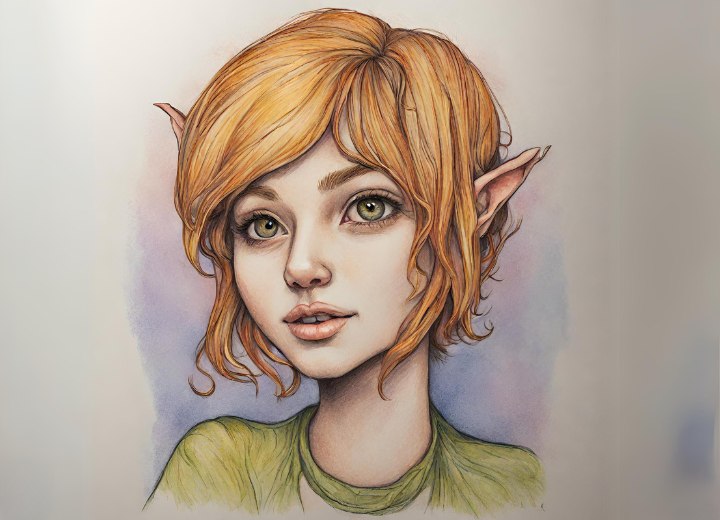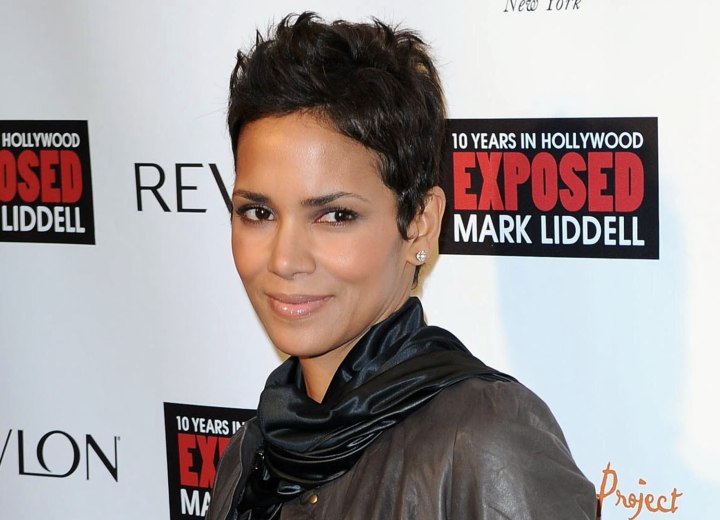Pixie Cut

A: The exact origin of the term "pixie cut" is not well-documented, but I'll do my best to answer your question as accurately as possible. Some facts seem logical and give us a clue as to where the name might come from.
As the 1950s progressed, the pixie cut gained momentum. Women saw the hairstyle as a bold statement, a rejection of societal norms, and an affirmation of their autonomy. The pixie cut became an obvious choice for women who wanted to express their individuality and break free from the constraints of conformity.
One of the early ambassadors of the pixie cut was Audrey Hepburn. As the pixie cut gained popularity, she truly brought the hairstyle into the spotlight. Hepburn, a style icon of her time, wore the pixie cut with elegance and sophistication, emphasizing the charm of the cut. Her iconic role in the 1953 film "Roman Holiday," where she played a princess who cut her hair short to experience life as a commoner, once again solidified the pixie cut as a symbol of rebellion and daring.

The popularity of the pixie cut continued through the decades, becoming synonymous with confident women unafraid to question conventional beauty standards. From Mia Farrow's iconic pixie cut in the 1968 film "Rosemary's Baby" to Twiggy's beautiful pixie cut in the 1960s, the hairstyle retained its status as a symbol of rebellion combined with refinement.

In the history of hairstyling, the pixie cut has left a lasting impression. Its name, derived from the enchanting world of pixies, perfectly encapsulates the spirit of bold independence and timeless elegance that this hairstyle embodies. So, the next time you admire a pixie cut, remember the magical origin that makes it more than just a hairstyle. It's a statement and a nod to the enchanting world of pixies.
©Hairfinder.com
See also: What is a pixie cut?